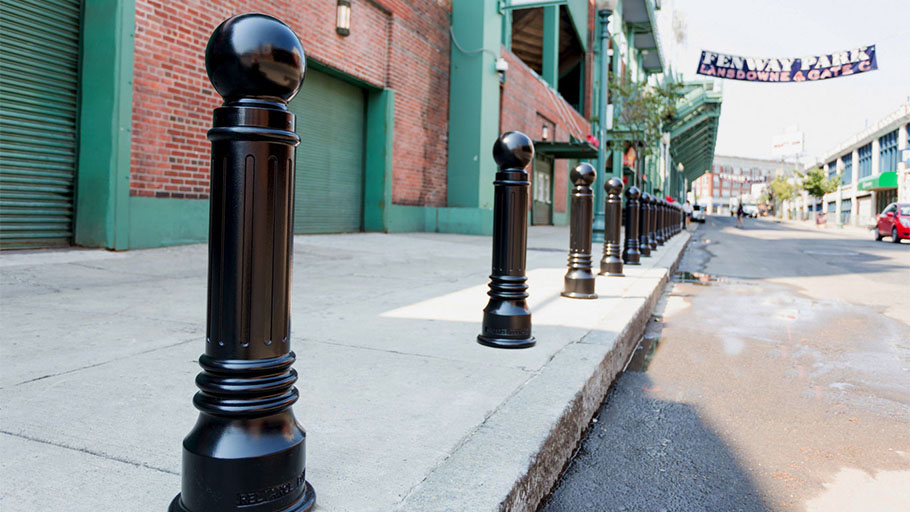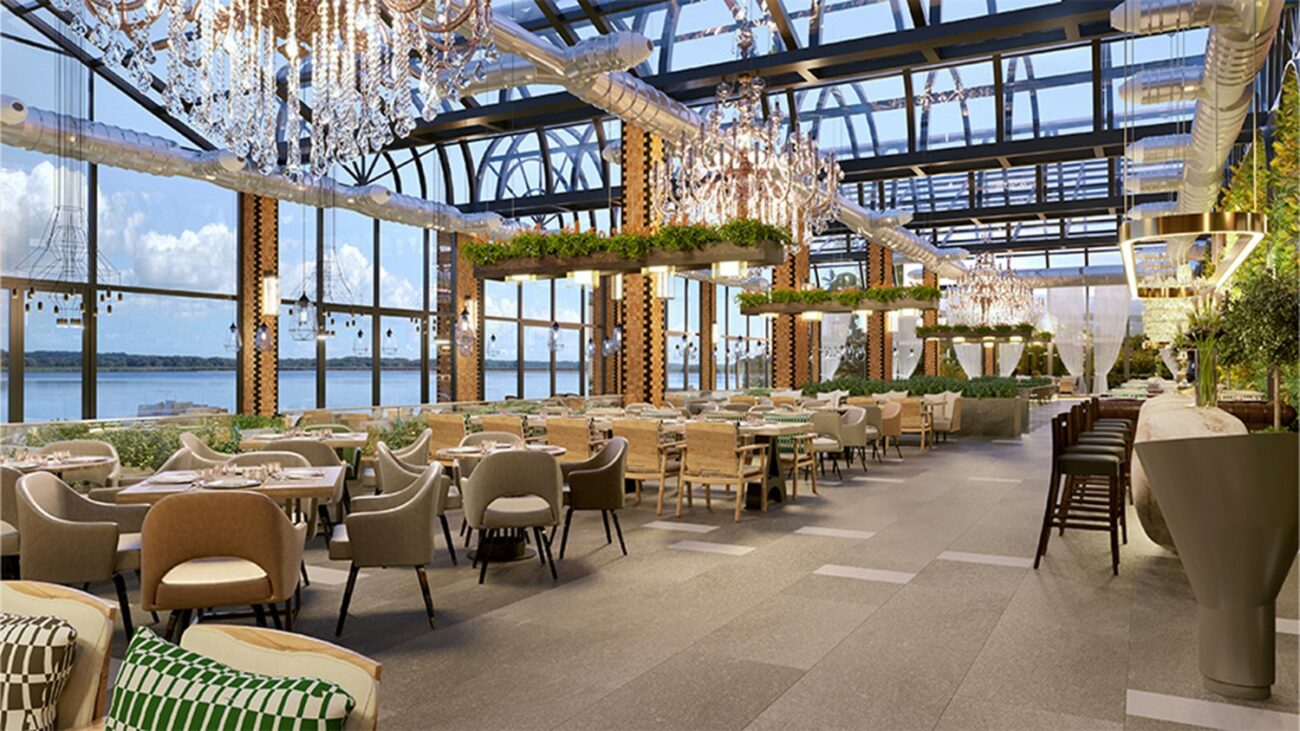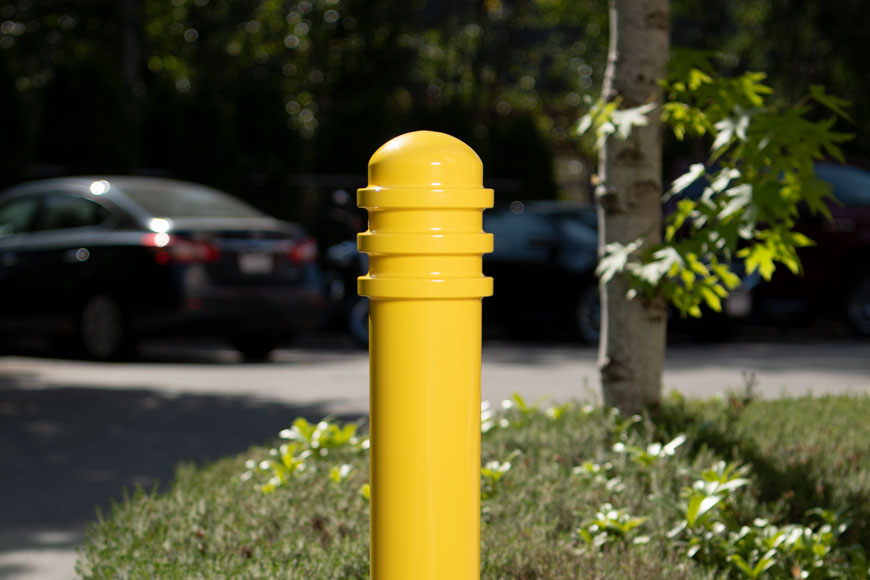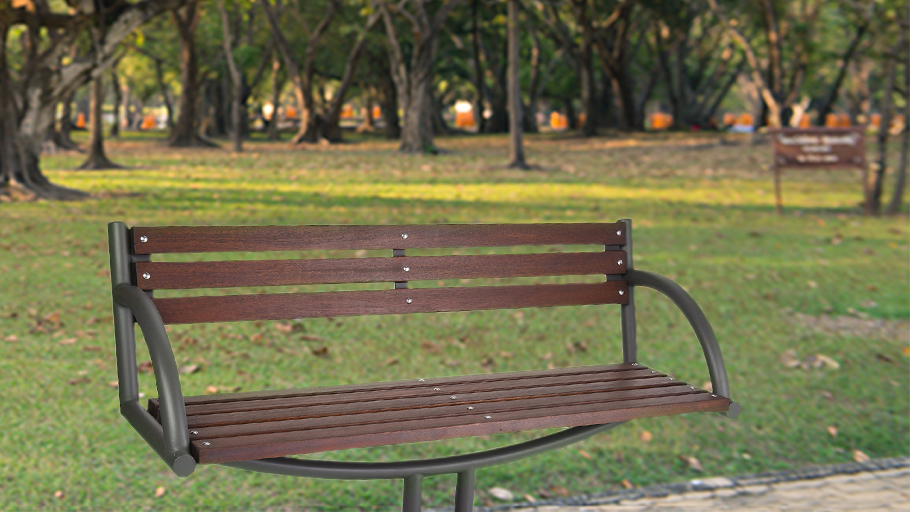The Advantages of Recycled Plastic in Site Furnishings

Every year, approximately 400 million tons of plastic waste is generated globally, yet less than 10% of this staggering amount is recycled. This not only poses a pressing environmental challenge but also presents a significant opportunity for innovative repurposing. Recycled plastic is emerging as a preferred material in modern site furnishings, offering a sustainable solution. We’ll explore both the environmental benefits and the practical advantages of using recycled plastic in outdoor furniture, highlighting its positive impact on our planet and communities.

The Environmental Impact of Recycled Plastic
Reducing Plastic Waste
The relentless increase in plastic waste contributes to severe environmental pollution, with a considerable volume ending up in landfills and oceans. Recycled plastic lumber presents a proactive approach to address this issue by transforming waste into valuable, functional products. By incorporating recycled plastic into site furnishings, we not only help diminish the volume of waste but also bolster the principles of a circular economy, where materials are reused and recycled continuously.
Energy and Resource Conservation
Manufacturing recycled plastic lumber demands considerably less energy and fewer resources compared to producing virgin plastic. This process substantially lowers the dependence on petroleum, a finite resource, and significantly reduces greenhouse gas emissions. Consequently, the overall environmental footprint of production is minimized, supporting broader sustainability goals.
Lifespan and Durability
Furnishings crafted from recycled plastic boast exceptional longevity and robustness, outperforming traditional materials like wood or metal in many respects. These products, such as recycled plastic lumber, resist rot, are immune to pest infestations, and can endure severe weather conditions with minimal upkeep. Such durability not only makes them a sustainable choice for extended outdoor use but also offers substantial ecological benefits by reducing the frequency of replacement.

Practical Benefits of Recycled Plastic in Site Furnishings
Substituting traditional materials with recycled plastic offers numerous advantages, including cost savings, design flexibility, and easier installations.
Cost Effectiveness
Although the initial cost of recycled plastic site furnishings may be higher than those made from traditional materials, the long-term savings are substantial. Recycled plastic products require significantly less maintenance and have longer life spans than natural wood or metal furnishings. This translates into reduced maintenance costs and fewer replacement cycles, leading to considerable financial savings over the product’s lifetime.
Design Flexibility
Recycled plastic is highly adaptable and can be molded into a variety of shapes and sizes, offering exceptional design versatility. This material allows for innovative and custom designs that can meet any aesthetic or functional requirement. Whether it’s sleek, contemporary benches or vibrant, playful picnic tables, recycled plastic can be tailored to enhance any setting.
Ease of Installation
Furnishings made from recycled plastic are typically lighter than those made from traditional materials like concrete or metal, facilitating easier and faster installation. Their modular nature also supports flexible design adjustments, which can be particularly beneficial in dynamic urban environments where space configurations may change over time. This ease of installation not only reduces labor costs but also minimizes disruption during setup.

Real-World Applications
Urban Landscapes
Cities such as San Francisco and Toronto are leading examples of how recycled plastic furnishings can transform urban spaces. These cities have embraced sustainable practices by integrating durable and stylish recycled plastic furnishings in parks, streets, and public squares. The positive reception from the public underscores the functionality and aesthetic appeal of these installations.
Parks and Recreational Areas
Across North America, national parks and community playgrounds showcase the practicality and durability of recycled plastic furnishings. These installations not only withstand the rigors of high-traffic outdoor settings but also contribute to the sustainability goals of these recreational areas by minimizing ecological impact.
Educational Institutions and Business Campuses
Educational and corporate campuses are increasingly adopting recycled plastic furnishings to create inviting and sustainable outdoor spaces. Universities, colleges, and corporate parks utilize this material to foster environments that reflect their commitment to sustainability while providing durable, low-maintenance, and aesthetically pleasing seating and recreational options.

Challenges and Considerations
While recycled plastic is durable and versatile, it does have some structural limitations compared to materials like wood and metal. It may not support the same load-bearing capacity, which can be a critical consideration for certain architectural or structural applications. Understanding these limitations is essential to ensure that the design and use of recycled plastic furnishings meet safety and performance standards.
Aesthetic Considerations
Despite significant advancements in manufacturing, some stakeholders may still perceive recycled plastic as less aesthetically pleasing than natural materials. Overcoming this perception requires showcasing the wide range of textures, colors, and finishes that modern recycled plastic can achieve, thereby expanding its acceptance in more visible and prominent applications.
Overcoming Preconceptions
There are prevalent misconceptions regarding the durability and appearance of recycled plastic products. Combating these myths involves educating stakeholders through firsthand demonstrations and showcasing successful installations. Clear communication about the material’s benefits and long-term value can help shift perceptions and increase its adoption.

As recycling technologies continue to advance, the quality, texture, and structural capabilities of recycled plastic lumber are expected to improve. This progress promises to expand the potential applications for recycled plastic, making it a more attractive option for a wider range of furnishings. Additionally, increasing global awareness about sustainability and advancements in circular economy practices are likely to boost the demand for recycled materials. Looking ahead, recycled plastic is poised to play a pivotal role in the development of eco-friendly, innovative, and aesthetically diverse site furnishings.












